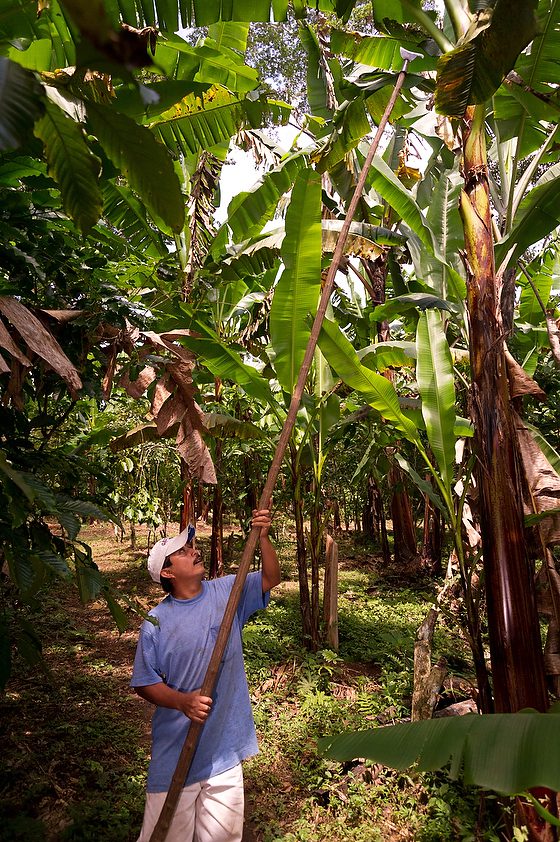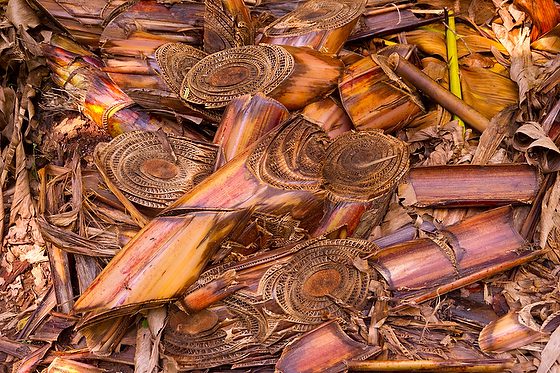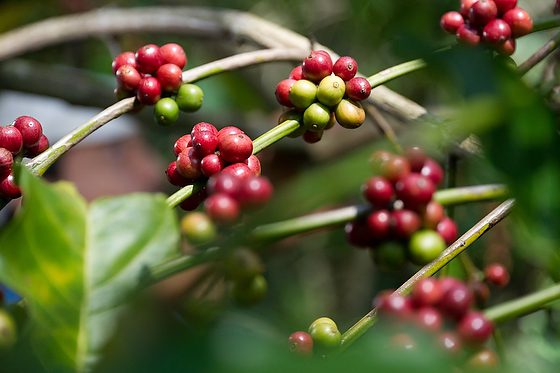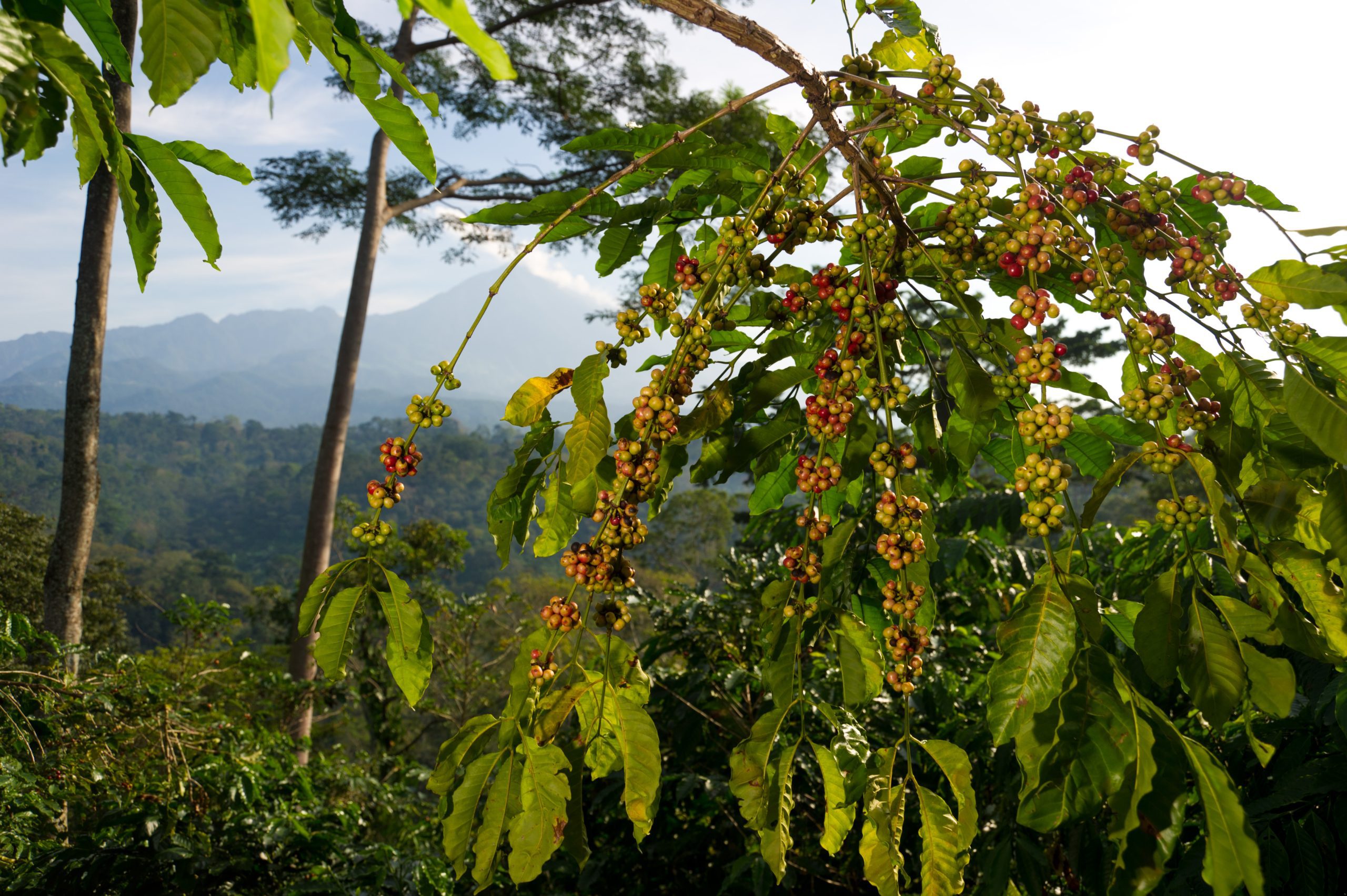While doing a story on coffee growers in Salvador Urbina, Chiapas, Mexico, the farmers taught me how they produce the Arabica Bean Coffee.

I learned that arabica coffee does best with shade. The tree requires some but not too much direct sunlight; two hours a day seems ideal. The lacy leaves of the upper levels of the rainforest initially shaded the coffee tree.

When they prune the banana trees, you can see the trunks, which look like corrugated cardboard to me. Those channels help the water get to the leaves and bananas.
Salvador Urbina, Chiapas, Mexico is in a rain forrest. Salvador Urbina has significant rainfall most months, with a short dry season.

What can we learn from these coffee growers?
The production of coffee is a time and labor-intensive process. From the plantation of the first coffee seeds, it can take three to four years before a newly planted coffee tree will begin bearing fruits.
10 Steps from Seed to Cup
- Planting
- Harvesting the Cherries
- Processing the Cherries
- Drying the Beans
- Milling the Beans
- Exporting the Beans
- Tasting the Coffee
- Roasting the Coffee
- Grinding the Coffee
- Brewing the Coffee
Fairtrade
Fairtrade was started in response to the dire struggles of Mexican coffee farmers following the collapse of world coffee prices in the late 1980s.
Fairtrade coffee is certified as having been produced by fair trade standards. Fair trade organizations create trading partnerships based on dialogue, transparency, and respect that seek more significant equity in international trade. … Fairtrade practices prohibit child or forced labor.
Café Justo was the coffee cooperative I partnered with to help tell their story back in 2010. I had been producing videos for a short time, which was a turning point for me. We focused on telling the story focusing on the crisis the farmers were suffering and the difference the cooperative made in their families and communities.
Listen to what I captured back in 2010:
Maybe you are like those coffee farmers who had to leave their farms to find work to feed their families. By just learning to come together and tell their story, the consumer didn’t pay more for coffee. They changed where they bought their coffee. You can support these coffee growers by buying them here at Just Coffee.

While forming a cooperative and selling directly to the customer helped the coffee growers to prosper, it wasn’t the cooperative, the roaster, or their willingness to come together that made them successful.
It was when they told their stories that customers rallied behind them. People are waking up to the fundamental unfairness of world trade and demanding a better deal for the people who do our dirty work. Are you getting a bargain or exploiting people when you always shop for price alone.
Are you telling your story? Remember, what made a difference in the Fairtrade movement was the telling of the stories of people being exploited.
Once you have your customers, don’t stop telling stories. Now tell a different story. How about how bananas help produce great-tasting arabica coffee?

